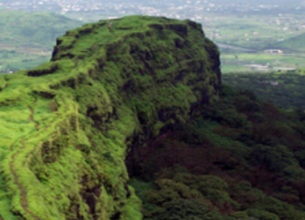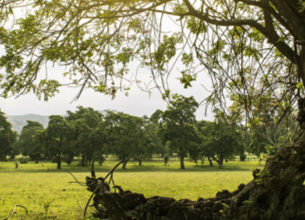PIL FILED TO PRESERVE EASTERN AND WESTERN GHATS
12, Mar 2020

Prelims level : Bio Diversity & its Threat
Mains level : GS-III Conservation, Environmental Pollution and Degradation, Environmental Impact Assessment.
Why in News?
- A public interest litigation petition has been filed in the Madras High Court seeking a direction to the Centre and State government to constitute a permanent body for taking serious steps to safeguard the flora, fauna and other natural resources in the Eastern and Western Ghats areas in Tamil Nadu.
What’s the Issue?
- Petitioner contended that the natural resources abundantly available in this area are being properly utilised by other regions, except Tamil Nadu.
- They are being misused and mismanaged not only by the administrators but also by the public at large.
- Besides, large-scale plantations of coffee, tea and orchards have been raised in the hills of Western Ghats.
- Aromatic and valuable trees like sandal are removed illegally. Despite the Wildlife Protection Act, hunting takes place in some pockets.
- The forests are getting degraded because of illicit collection of firewood, illicit grazing and illicit felling of trees.
- The petition is on the basis of the recommendations made by the Madhav Gadgil and Kasturi Rangan committees.
What did the Gadgil Committee say?
- It defined the boundaries of the Western Ghats for the purposes of ecological management.
- It proposed that this entire area be designated as ecologically sensitive area (ESA).
- Within this area, smaller regions were to be identified as ecologically sensitive zones (ESZ) I, II or III based on their existing condition and nature of threat.
- It proposed to divide the area into about 2,200 grids, of which 75 per cent would fall under ESZ I or II or under already existing protected areas such as wildlife sanctuaries or natural parks.
- The committee proposed a Western Ghats Ecology Authority to regulate these activities in the area.
Why was Kasturirangan Committee setup?
- None of the six concerned states agreed with the recommendations of the Gadgil Committee, which submitted its report in August 2011.
- In August 2012, then Environment Minister constituted a High-Level Working Group on Western Ghats under Kasturirangan to “examine” the Gadgil Committee report in a “holistic and multidisciplinary fashion in the light of responses received” from states, central ministries and others.
- The Kasturirangan report seeks to bring just 37% of the Western Ghats under the Ecologically Sensitive Area (ESA) zones — down from the 64% suggested by the Gadgil report.
What are the recommendations made by Kasturirangan Committee?
- A ban on mining, quarrying and sand mining.
- No new thermal power projects, but hydro power projects allowed with restrictions.
- A ban on new polluting industries.
- Building and construction projects up to 20,000 sq. m was to be allowed but townships were to be banned.
- Forest diversion could be allowed with extra safeguards.
Importance of Western Ghats and Eastern Ghats:
- The Western Ghats is an extensive region spanning over six States. It is the home of many endangered plants and animals. It is a UNESCO World Heritage site.
- It is one of the eight “hottest hot-spots”of biological diversity in the world.
- According to UNESCO, the Western Ghats are older than the Himalayas. They influence Indian monsoon weather patterns by intercepting the rain-laden monsoon winds that sweep in from the south-west during late summer.
- The Eastern Ghats run from the northern Odisha through Andhra Pradesh to Tamil Nadu in the south passing some parts of Karnataka.
- They are eroded and cut through by four major rivers of peninsular India, viz. Godavari, Mahanadi, Krishna, and Cauvery.
- Recently Environmental groups have also demanded to add the Eastern Ghats in the UNESCO World Heritage Site. Currently it is not under UNESCO World Heritage Site.









